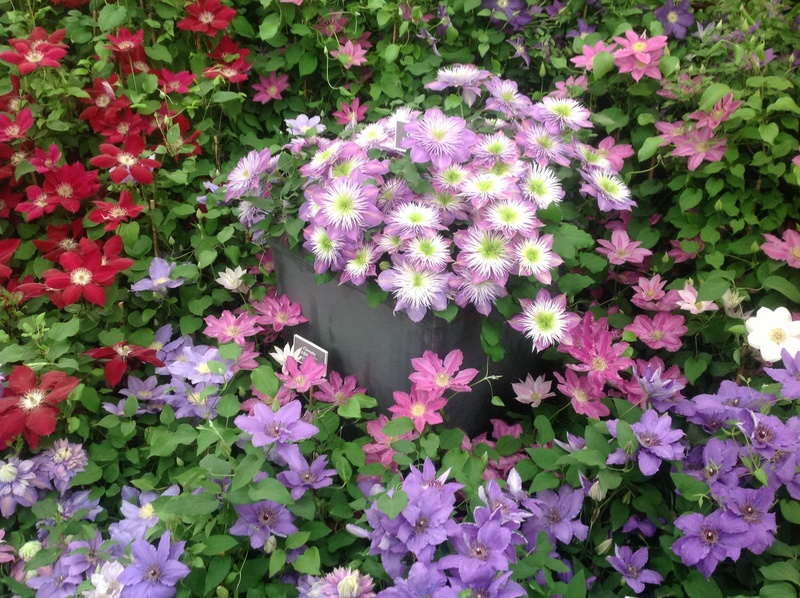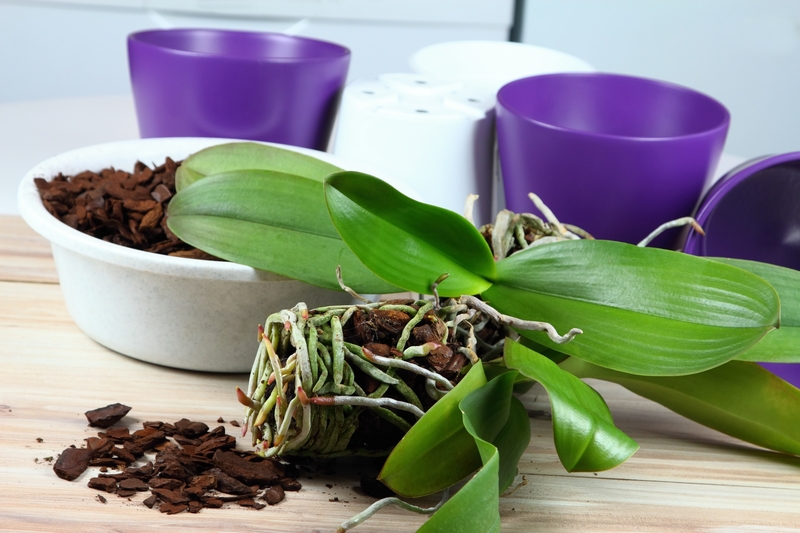Uncover the Beauty of 9 Ground Covers Perfect for UK Gardens
Posted on 18/05/2025
Uncover the Beauty of 9 Ground Covers Perfect for UK Gardens
Ground covers are an essential part of any well-designed garden. They not only add aesthetic appeal but also provide practical benefits such as weed suppression, soil moisture retention, and erosion control. For garden enthusiasts in the UK, choosing the right ground cover can transform your outdoor space into a verdant haven. In this article, we will uncover the beauty of nine exquisite ground covers that are perfect for UK gardens.
Why Choose Ground Covers?
Before diving into our list, it's crucial to understand why ground covers are valuable in garden design. Ground covers can:
- Suppress weeds by shading the soil.
- Conserve moisture by reducing evaporation.
- Prevent soil erosion on slopes.
- Add texture and color to the landscape.
- Enhance biodiversity by providing habitats for beneficial insects.
Key Considerations for UK Gardens
The United Kingdom's climate can range from the mild and wet conditions of the west to the cold, dry winters in the east. As such, selecting plants that thrive in these conditions is crucial. When choosing a ground cover, consider:
- Climate adaptability: Ensure the plant can handle local weather conditions.
- Soil Type: Know whether your garden has clay, sandy, or loamy soil.
- Sun Exposure: Some plants thrive in full sun, while others prefer shade.
- Maintenance Level: Choose according to how much time you can dedicate to upkeep.


The 9 Best Ground Covers for UK Gardens
1. Creeping Thyme (Thymus serpyllum)
Creeping Thyme, also known as Thymus serpyllum, is a splendid option for UK gardens. This aromatic herb not only produces beautiful pink-purple flowers in summer but also releases a lovely fragrance when stepped on.
- Sun Exposure: Full sun to partial shade.
- Soil Type: Well-drained soil.
- Benefits: Drought-tolerant and attracts pollinators.
2. Irish Moss (Sagina subulata)
Irish Moss, or Sagina subulata, provides a lush, moss-like appearance with minimal care. Its dense, evergreen foliage is evergreen, making it a year-round favorite.
- Sun Exposure: Partial shade to full sun.
- Soil Type: Prefers rich, moist soil.
- Benefits: Creates a carpet-like appearance and remains green all year.
3. Periwinkle (Vinca minor)
Periwinkle, or Vinca minor, is revered for its starry blue flowers and glossy green leaves. It creates a lush mat and is particularly effective at erosion control on slopes.
- Sun Exposure: Prefers shade but tolerates some sun.
- Soil Type: Well-drained, flexible soil.
- Benefits: Low maintenance and suppresses weeds effectively.
4. Wild Strawberry (Fragaria vesca)
If you're looking for dual-purpose ground coverage, Wild Strawberry is a great choice. This plant not only beautifies the ground but also bears small, sweet-tasting fruits.
- Sun Exposure: Full sun to partial shade.
- Soil Type: Well-draining fertile soil.
- Benefits: Produces edible fruit, ideal for wildlife gardens.
5. Bugleweed (Ajuga reptans)
Bugleweed, commonly known as Ajuga reptans, is recognizable for its deep blue flower spikes and bronze leaves. It is a wonderful choice for shady areas.
- Sun Exposure: Prefers shade to partial shade.
- Soil Type: Thrives in moist, well-drained soil.
- Benefits: Colorful foliage year-round and attracts pollinators.
6. Blue Star Creeper (Isotoma fluviatilis)
A wonderful plant for modest but charming ground cover, Blue Star Creeper offers a sea of tiny star-like flowers throughout the growing season, presenting a delicate aesthetic.
- Sun Exposure: Full sun to partial shade.
- Soil Type: Adaptable to various soil conditions.
- Benefits: Fast-growing and flowering nearly year-round.
7. Cotoneaster (Cotoneaster horizontalis)
Cotoneaster is well-known for its spreading growth habit and abundant red berries in autumn, making it a spectacular addition to any garden.
- Sun Exposure: Full sun or light shade.
- Soil Type: Prefers poor to moderately fertile soil.
- Benefits: Provides winter interest with vibrant berries.
8. Hedera (Ivy) (Hedera helix)
Hedera helix, or common ivy, is a hardy and resilient ground cover plant that can thrive even in challenging conditions. It is best known for its deep green leaves.
- Sun Exposure: Full sun to deep shade.
- Soil Type: Tolerant of poor soil conditions.
- Benefits: Low maintenance and ideal for shaded areas.
9. Lamium (Lamium maculatum)
Lamium, known as dead nettle, boasts patterned foliage and pretty pink or white flowers. It is a versatile and efficient ground cover for shaded areas.
- Sun Exposure: Prefers shade to partial shade.
- Soil Type: Well-draining soil with moderate fertility.
- Benefits: Attracts bees and suppresses weeds effectively.
In Conclusion
Choosing the right ground covers can significantly enhance the beauty and functionality of your UK garden. Whether you're looking to fill shaded areas, attract pollinators, or reduce maintenance, the nine plants mentioned above offer compelling options that cater to various garden needs. By considering your local climate, soil type, and sun exposure, you can ensure these ground covers thrive and provide year-round delight. Start your gardening journey today and watch as your outdoor space transforms into a lush, captivating oasis.



